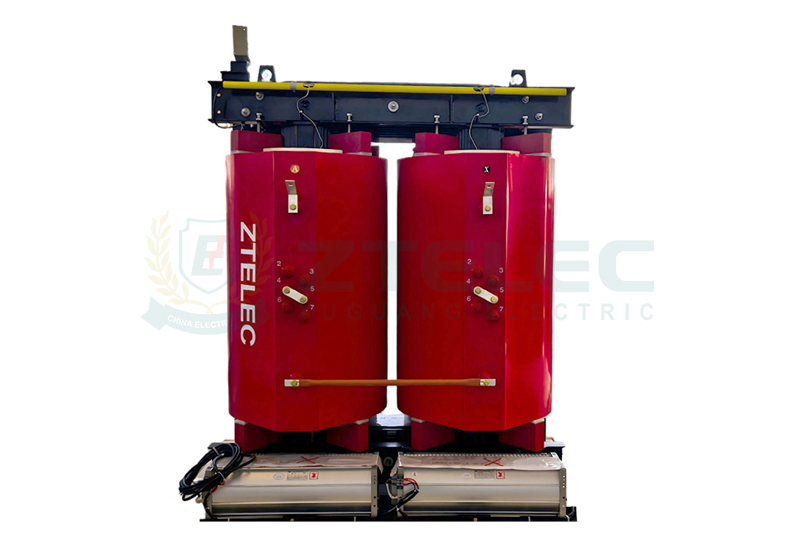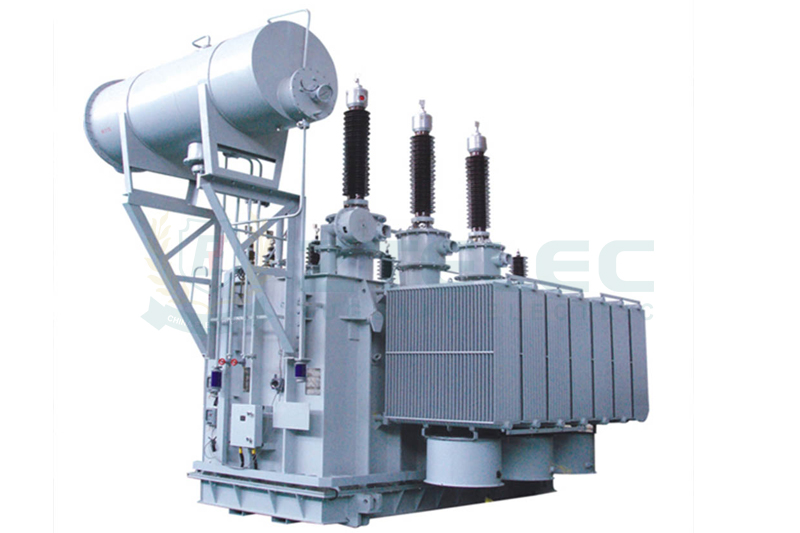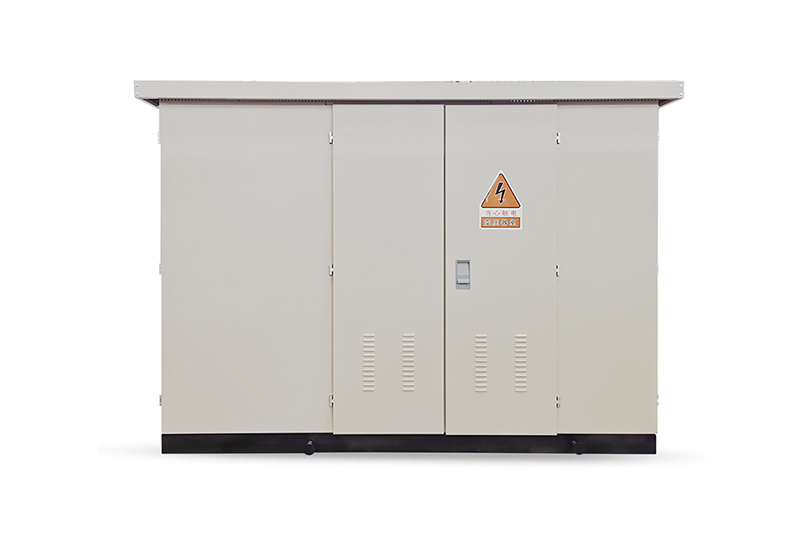Oil-Immersed Transformer Voltage Levels Explained: Applications from 220V to 750kV
Time:2025-07-11 Auther:ZTelec-www.ztelectransformer.com
Oil-immersed transformers are essential components in modern power systems, playing a vital role in energy conversion, transmission, and distribution. One of the most important specifications in their design and operation is the voltage level. Transformers are typically categorized by their input and output voltage levels, which directly determine their application scenarios.
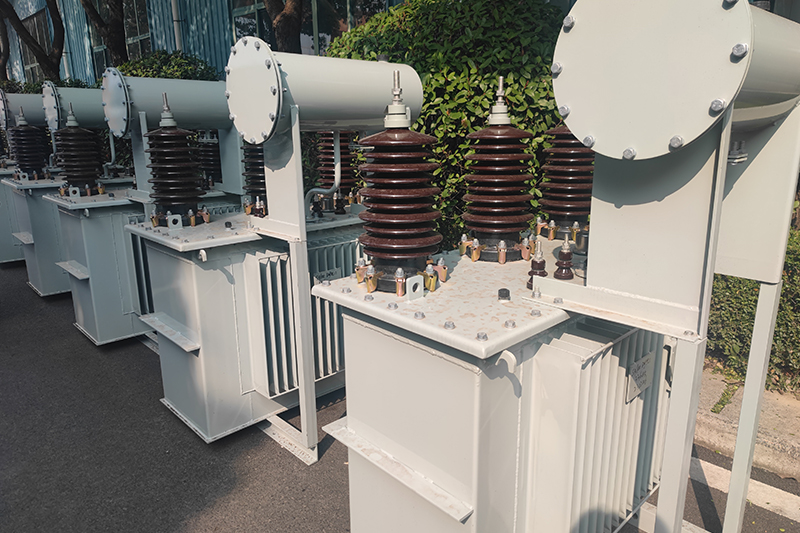
This article provides a detailed classification of oil-immersed transformers by voltage level—from low voltage to extra-high voltage (EHV)—and explains their specific use cases and technical characteristics.
1. Low-Voltage Oil-Immersed Transformers (≤1kV)
Typical Voltages: 220V, 380V, 480V, 690V
Applications:
• Industrial Facilities: Power supply for small motors, lighting systems, and automation lines.
• Commercial Buildings: Used in shopping malls, office complexes, and other low-voltage distribution systems.
• Renewable Energy: Voltage boosting for inverter outputs in PV systems (e.g., 480V to 10kV).
Key Features: Compact design, low capacity (≤2500kVA), simple cooling requirements, and easy maintenance.
2. Medium-Voltage Oil-Immersed Transformers (1kV – 35kV)
Typical Voltages: 6kV, 10kV, 20kV, 35kV
Applications:
• Urban and Rural Grids: Common in 10kV/0.4kV distribution transformers.
• Industrial Plants: Serve medium-scale factories, mining sites, and chemical plants (e.g., for 6kV motors).
• Renewable Energy Collection: Step-up transformers in wind and solar farms.
Key Features: Designed for short-circuit withstand, often include on-load tap changers (OLTC), with capacities ranging from 2500kVA to 50MVA.
3. High-Voltage Oil-Immersed Transformers (66kV – 220kV)
Typical Voltages: 66kV, 110kV, 220kV
Applications:
• Regional Transmission Networks: Interconnect municipal and provincial substations (e.g., 220kV/110kV).
• Heavy Industry: Power supply for energy-intensive processes in steel and aluminum manufacturing.
• Pumped-Storage Plants: Step-up generator voltage from 15.75kV to 220kV grid level.
Key Features: Enhanced insulation, forced oil-air cooling systems, high reliability, and capacity exceeding 50MVA.
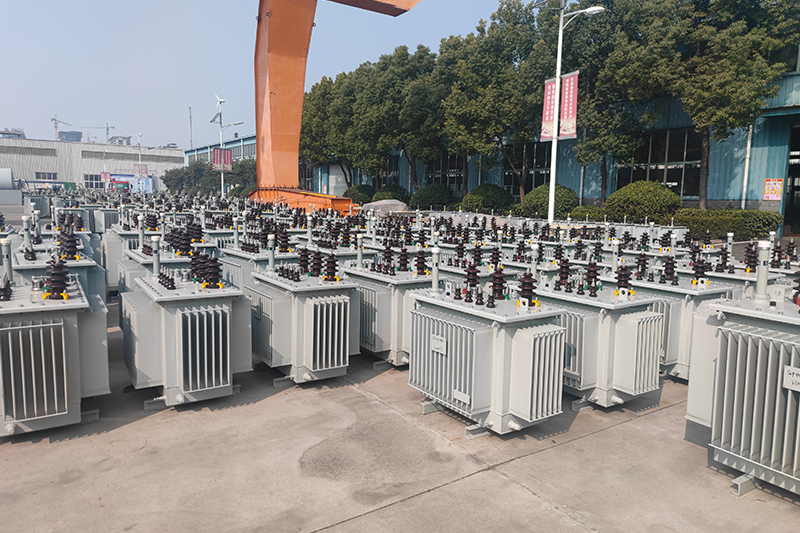
4. Extra-High-Voltage (EHV) Oil-Immersed Transformers (330kV – 750kV)
Typical Voltages: 330kV, 500kV, 750kV
Applications:
• Long-Distance Transmission: Core equipment for 500kV and 750kV power corridors.
• Hub Substations: Manage interconnection between different voltage levels (e.g., 500kV/220kV).
• Large-Scale Power Bases: Used at hydro, thermal, or nuclear stations for large voltage boosts (e.g., 13.8kV to 500kV).
Key Features: Split-tank design, advanced insulation systems, partial discharge control, and impulse voltage withstand enhancements. Capacity can exceed several hundred MVA.
Key Factors for Selecting Transformer Voltage Levels
1. Transmission Distance: Higher voltage levels reduce line losses and are preferred for long-distance transmission. For example, 500kV transformers are ideal for interregional grids.
2. Load Characteristics: Match transformer voltage to the operating voltage of the end equipment. Direct supply (e.g., 10kV to motors) reduces intermediate losses and improves efficiency.
3. Grid Compatibility: Voltage levels must match the existing power grid to ensure stable integration and avoid synchronization issues.
4. Cost and Insulation Requirements: As voltage increases, insulation costs rise significantly. For instance, bushings and windings in 750kV transformers require specialized design and materials.
Oil-immersed transformers are critical for efficient voltage regulation and power transmission in modern electrical networks. From low-voltage distribution to ultra-high-voltage interconnection, their voltage level directly determines their application domain, size, insulation class, and technical complexity.
By understanding the functional role and design requirements of each voltage range, engineers and power planners can choose the right transformer to optimize energy flow, ensure system safety, and reduce operational costs. For specific technical support or model selection, consulting with certified transformer manufacturers is highly recommended.

